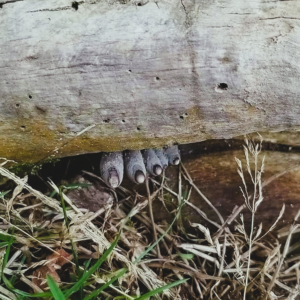People across the eastern United States are fighting a fierce battle against a dangerous pest that threatens to devastate everything it encounters.
The spotted lanternfly, though it may look harmless, is an invasive species that requires immediate action if spotted. Here’s what you need to know about this destructive bug and how to deal with it.
Social media is abuzz with posts about these invasive insects. People are sharing their efforts to combat them, such as New Jersey influencer Marques Brownlee who tweeted about running over lanternflies, emphasizing their threat. Another user described their own efforts with triumphant posts about crushing the pests during a walk.
The spotted lanternfly (Lycorma delicatula) was first discovered in Pennsylvania in 2014 and has since spread across North America. It feeds on various plants, including fruit trees like apples and grapes, and hardwoods like maple and walnut, causing significant damage. The insects also produce a sticky substance called honeydew, which can lead to sooty mold and further harm plants.
Identification:
-
Egg Masses: Light gray to brownish, covered in a waxy coating, turning darker over time.
-
Nymphs: Black with white spots, turning reddish with black borders as they mature.
-
Adults: About one inch long, with gray forewings marked with black spots and red underwings bordered with white.
Impact:
-
Economic Damage: Significant losses in fruit crops and hardwoods due to weakened plants.
-
Ecological Impact: Disruption of local ecosystems by altering plant communities and affecting dependent wildlife.
Control Methods:
-
Egg Masses: Scrape them off and place in a sealed bag with alcohol or sanitizer, then discard.
-
Nymphs and Adults: Crush them by hand, foot, or with a tool like a broom. Wear gloves to avoid direct contact.





